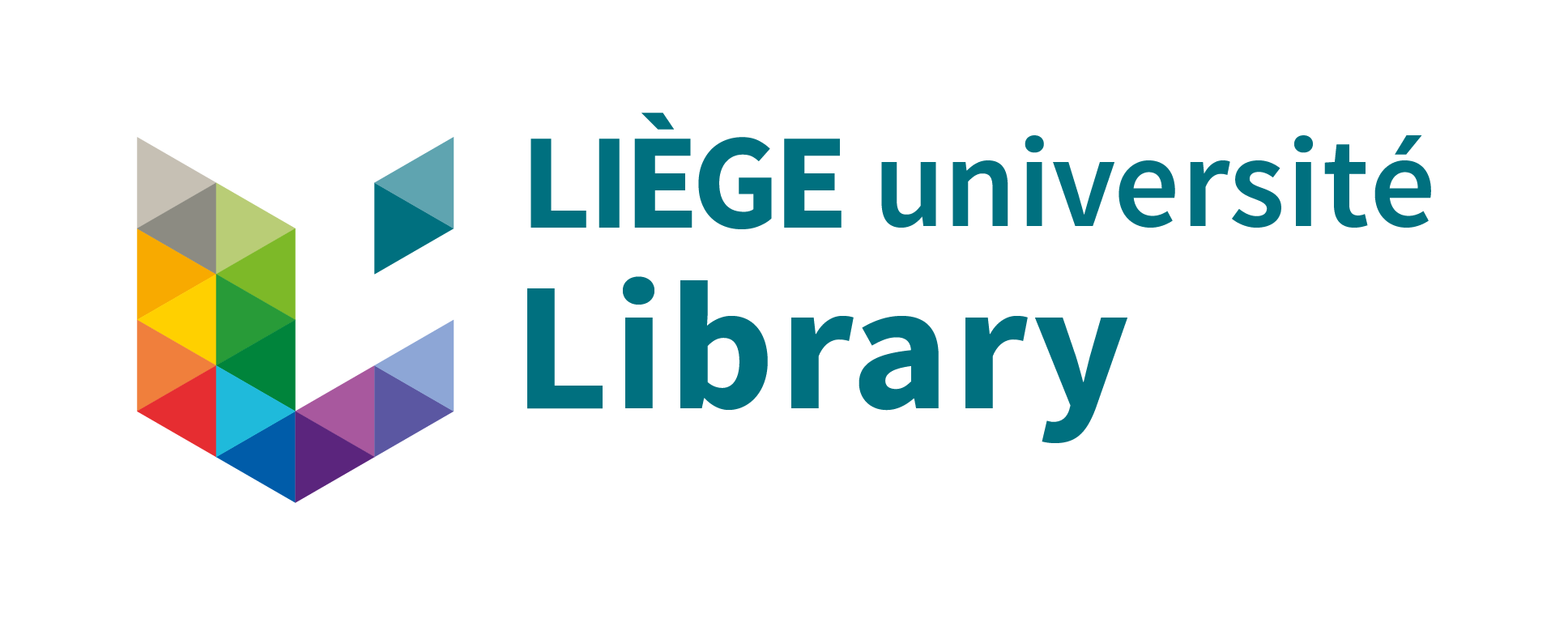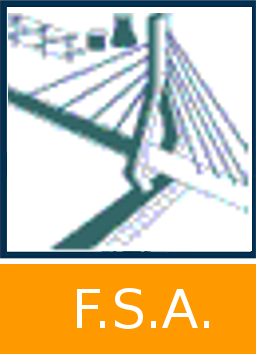Final work : Modal and Acoustic simulation and testing in Aftertreatment system
Indolia, Naveen 
Promotor(s) :
Golinval, Jean-Claude 
Date of defense : 6-Sep-2018/7-Sep-2018 • Permalink : http://hdl.handle.net/2268.2/5501
Details
| Title : | Final work : Modal and Acoustic simulation and testing in Aftertreatment system |
| Author : | Indolia, Naveen 
|
| Date of defense : | 6-Sep-2018/7-Sep-2018 |
| Advisor(s) : | Golinval, Jean-Claude 
|
| Committee's member(s) : | Noels, Ludovic 
Andrianne, Thomas 
Meihui, Tao |
| Language : | English |
| Number of pages : | 82 |
| Keywords : | [en] Truck exhaust [en] shell noise [en] modal analysis [en] acoustic radiation efficiency [en] reciprocity method [en] Hybrid FEM BEM acoustic simulation |
| Discipline(s) : | Engineering, computing & technology > Aerospace & aeronautics engineering |
| Funders : | SCANIA |
| Research unit : | R&D - Emission Solution Development, NXPS |
| Name of the research project : | Shell Noise |
| Target public : | Researchers Professionals of domain Student |
| Institution(s) : | Université de Liège, Liège, Belgique |
| Degree: | Master en ingénieur civil en aérospatiale, à finalité spécialisée en "turbomachinery aeromechanics (THRUST)" |
| Faculty: | Master thesis of the Faculté des Sciences appliquées |
Abstract
[en] Limiting the loudness of machines has always been a challenge to engineers. Loudness becomes even more crucial for vehicles due to their continuous proximity to humans and thus being capable of having adverse effect on health and quality of life. The exhaust system of vehicles is one of the major sound sources mounted on the chassis. Although the flow and exhaust noise have been characterized in detail by the vehicle industry, the capability to simulate shell noise remains relatively unexplored. In order to develop a reliable shell noise simulation model, it is required to characterize the structural behavior of the silencer jacket plates and the excitation sources present on an operating vehicle. Current thesis focused on development of a testing and simulation method which could complement each other and thus verify the accuracy and robustness of the simulation results. The comparison of acoustic properties of jacket plates was done by measuring the acoustic radiation efficiency of these plates and then obtaining the same from simulation results. Although radiation efficiency provides a comparison of loudness between different structures, it fails to generate physically relevant data as radiation efficiency is undefined for flow generated sound. Physical impact of radiated sound is better characterized by Sound power levels as these can be coupled with sound power from various other sources to estimate the overall sound emitted by a vehicle.
The reciprocity method of acoustic measurements provides a reliable way to measure radiation efficiency of structures and at the same time allows the measurement of sound power. This was used to obtain measurement data for three samples of three different plates. Further a hybrid FEM – BEM model was developed. An initial comparison of eigenfrequencies and radiation efficiency indicated a deviation in the range of 3 – 8%. The measurement process was then optimized by averaging radiation efficiency over three measurement points. For the simulation model, the variation of plate thickness due to the stamping process involved in manufacturing was taken into account to update the model. As a result the deviation was reduced to <2% in the frequency range up to 1000Hz. This incites a need to develop a more accurate simulation for the manufacturing process so that the plate topologies and prestress can be accounted for. Acoustic radiation efficiency measurement is based on the acceleration response to excitation force ratio which is indicated by the measured FRF. However, it was found that much accurate results are obtained if auto – power is used to calculate the response to input ration instead of the measured FRF.
This thesis was successfully able to develop a simulation model in COMSOL Multiphysics to predict shell noise emitted by free boundary plates and can be used for further investigation by imposing suitable boundary conditions and excitations to develop a full model.
File(s)
Document(s)

 Naveen_Indolia_Master_Thesis.pdf
Naveen_Indolia_Master_Thesis.pdf
Description:
Size: 6.27 MB
Format: Adobe PDF
Cite this master thesis
The University of Liège does not guarantee the scientific quality of these students' works or the accuracy of all the information they contain.


 Master Thesis Online
Master Thesis Online



